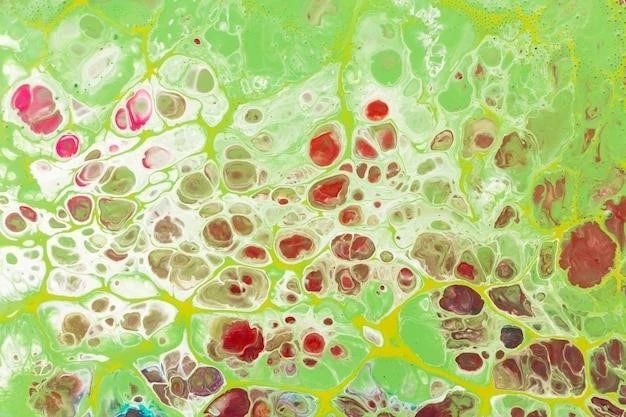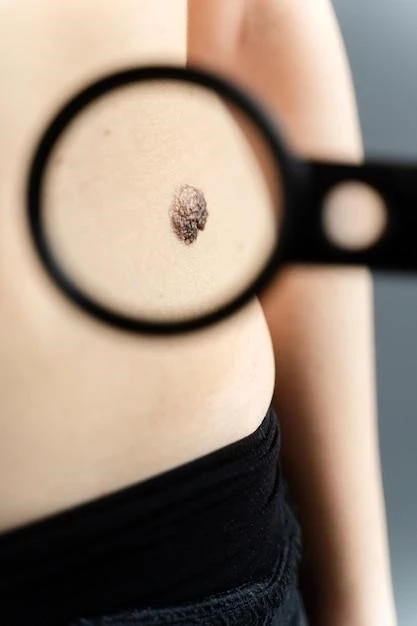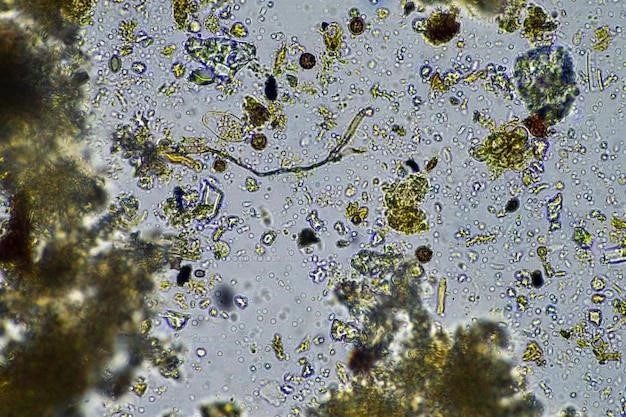Introduction to Pityriasis Lichenoides Chronica
Pityriasis lichenoides chronica (PLC) is an uncommon inflammatory skin condition of unknown cause․ It ranges from a mild chronic form to a more severe acute eruption․
Pityriasis lichenoides chronica (PLC) is classified as a rare inflammatory skin condition that falls under the spectrum of inflammatory cutaneous disorders․ It is considered the chronic, indolent end of the disease, opposite to the more acute forms like PLEVA, within the pityriasis lichenoides family․
Definition and Classification
Pityriasis lichenoides chronica (PLC) is classified as a rare inflammatory skin condition within the pityriasis lichenoides family, ranging from a mild chronic form to a more severe acute eruption․
Symptoms and Characteristics
Pityriasis lichenoides chronica (PLC) typically presents as multiple scaly, erythematous to brown papules on the trunk and extremities․ The condition is chronic and may persist for months or years, with a relapsing and remitting course․
Diagnosis and Differential Diagnosis
Diagnosing pityriasis lichenoides chronica (PLC) typically involves a thorough examination of the characteristic skin lesions․ Dermatologists may also perform a skin biopsy to confirm the diagnosis by observing specific histologic features․ Differential diagnosis includes other skin conditions presenting with similar papular eruptions, such as psoriasis, pityriasis rosea, and fungal skin infections․
Causes and Risk Factors
The cause of pityriasis lichenoides chronica is believed to be a hypersensitivity reaction to certain infectious agents, including the Epstein-Barr virus, adenovirus, and Parvovirus B19․
Etiology and Pathogenesis
Pityriasis lichenoides chronica (PLC) is believed to be caused by a hypersensitivity reaction to infectious agents like the Epstein-Barr virus, adenovirus, and Parvovirus B19․ The exact pathogenesis of PLC remains unknown, with ongoing research to understand the mechanisms behind this inflammatory skin condition․

Treatment Options for Pityriasis Lichenoides Chronica
The treatment for pityriasis lichenoides chronica may include antibiotics with anti-inflammatory properties like doxycycline, minocycline, and erythromycin, as well as ultraviolet phototherapy and sun exposure․
Standard Therapies
Standard therapies for pityriasis lichenoides chronica may include antibiotics with anti-inflammatory properties like doxycycline, minocycline, and erythromycin․ Other treatment options could involve ultraviolet phototherapy and sun exposure․
Emerging Treatments
Emerging treatments for pityriasis lichenoides chronica may include immunomodulatory therapies to target the underlying inflammatory processes, novel biologic agents, and potential new light-based therapies․ Research is ongoing to explore these innovative treatment options for better management of PLC․
Management of Pityriasis Lichenoides Chronica
Advisory⁚ It is essential to manage pityriasis lichenoides chronica with treatments like antibiotics, phototherapy, and sun exposure under medical supervision for optimal results․
Medications and Topical Treatments
Common medications used in the management of pityriasis lichenoides chronica include antibiotics with anti-inflammatory properties like doxycycline, minocycline, and erythromycin․ Additionally, topical corticosteroids and emollients may help manage the skin manifestations associated with PLC․
Light Therapy and Phototherapy
Light therapy, including ultraviolet phototherapy and sun exposure, can be beneficial in managing pityriasis lichenoides chronica․ Discuss with your healthcare provider about the potential benefits and risks of light-based treatments for your specific condition․

Prognosis and Complications
When managing pityriasis lichenoides chronica, it is important to be aware of potential complications and the long-term outlook of the condition․ Regular monitoring by a healthcare provider can help assess the progression and response to treatments, aiding in better management and potentially improving the prognosis․
Long-Term Outlook
Understanding the long-term outlook for pityriasis lichenoides chronica (PLC) is crucial for managing the condition effectively․ Regular monitoring and adherence to treatment plans can help control the disease and improve the overall prognosis․ It is important to consult a dermatologist for personalized care and follow-up․
Research and Future Directions
Stay informed about ongoing studies and clinical trials related to pityriasis lichenoides chronica for potential advancements in treatment options and management strategies․ Research plays a vital role in enhancing care for individuals with this skin condition․
Ongoing Studies and Clinical Trials
Stay informed about ongoing research studies and clinical trials focusing on new treatment modalities and management approaches for pityriasis lichenoides chronica․ Participation in these studies may provide valuable insights into potential advancements in PLC care․
Lifestyle Tips for Individuals with Pityriasis Lichenoides Chronica
Advisory⁚ Maintain healthy skin care practices to manage pityriasis lichenoides chronica effectively․ Consult with a healthcare provider for personalized recommendations․
Skin Care Recommendations
Advisory⁚ Individuals with pityriasis lichenoides chronica should prioritize proper skin care practices, including gentle cleansing, moisturizing, and avoiding harsh irritants to help manage the condition effectively․ Consulting a dermatologist for personalized skin care recommendations is recommended․
Conclusion and Final Thoughts
Given the complexity of pityriasis lichenoides chronica (PLC), it is crucial to stay informed about the latest developments in research and treatment options․ By working closely with healthcare providers and participating in clinical trials, individuals with PLC can benefit from advances in care and potentially improve their overall quality of life․
